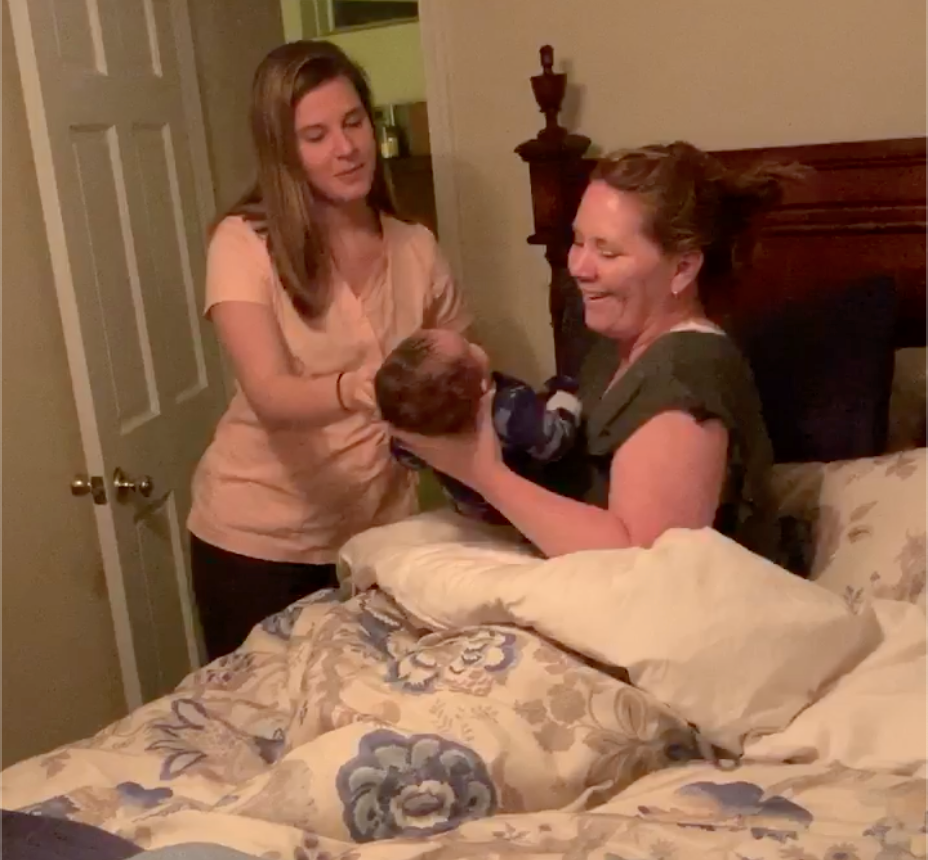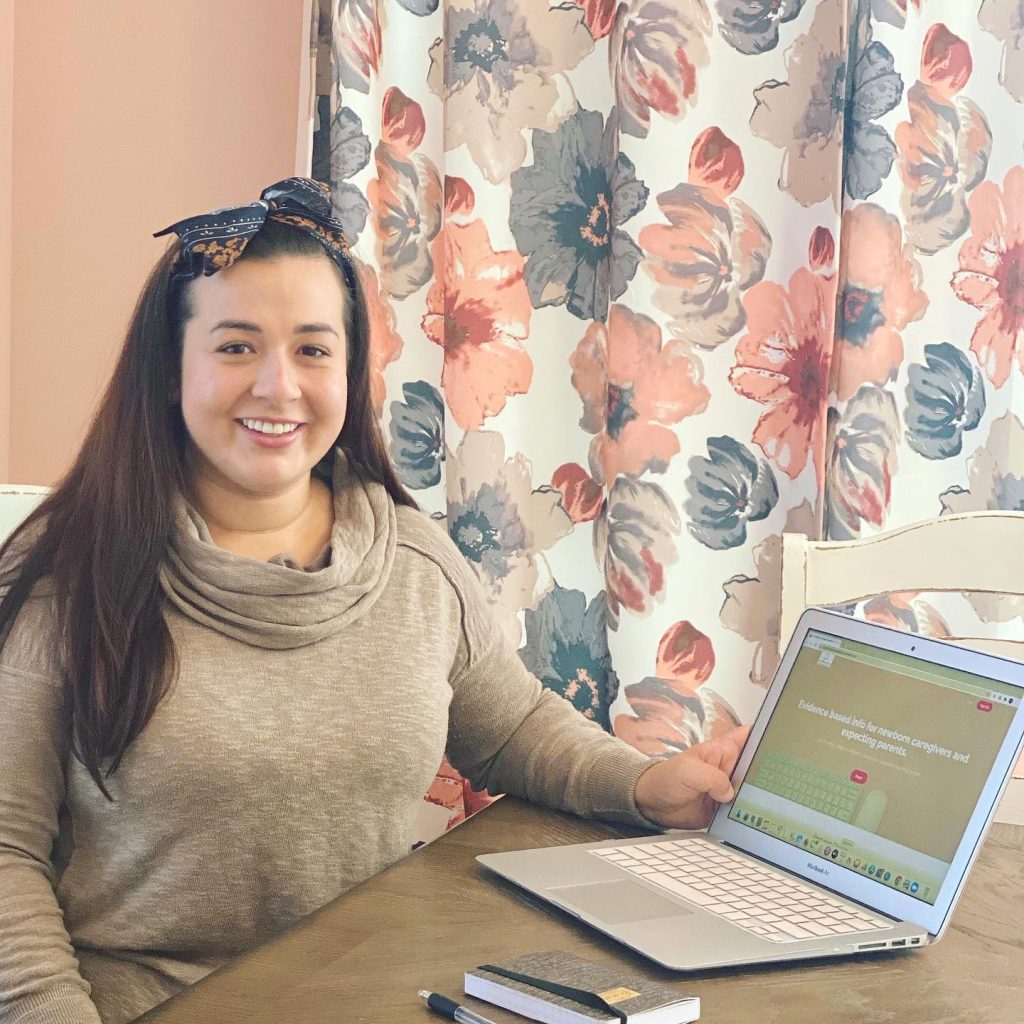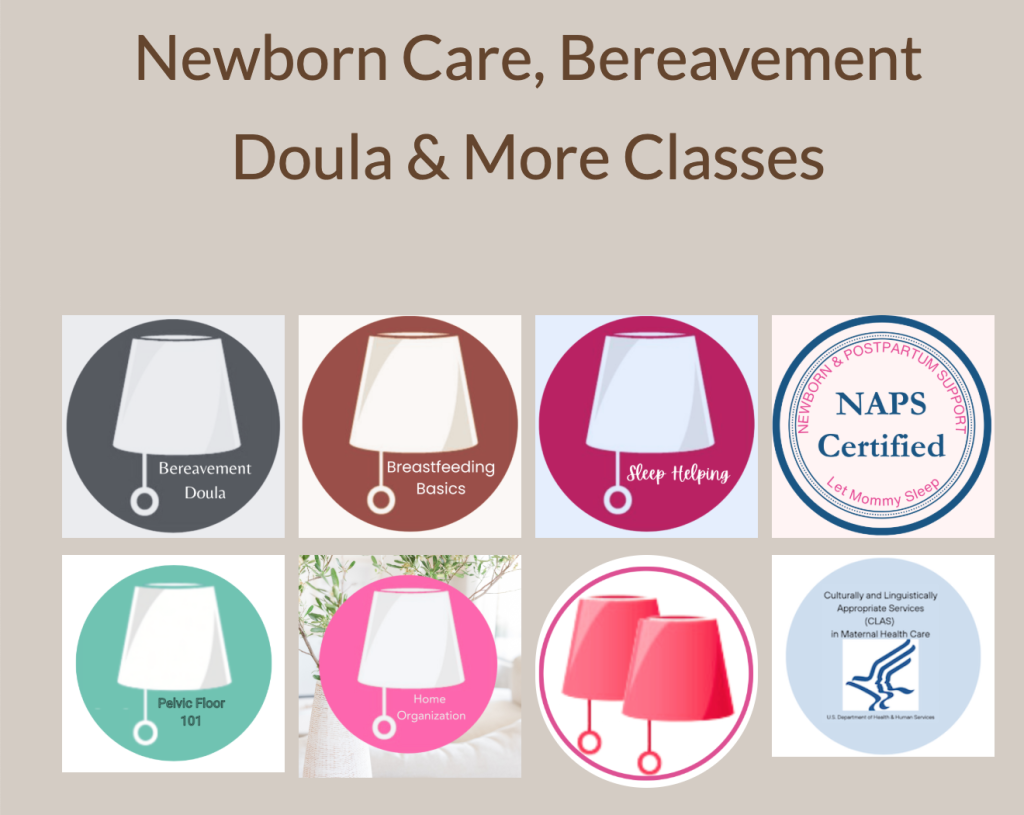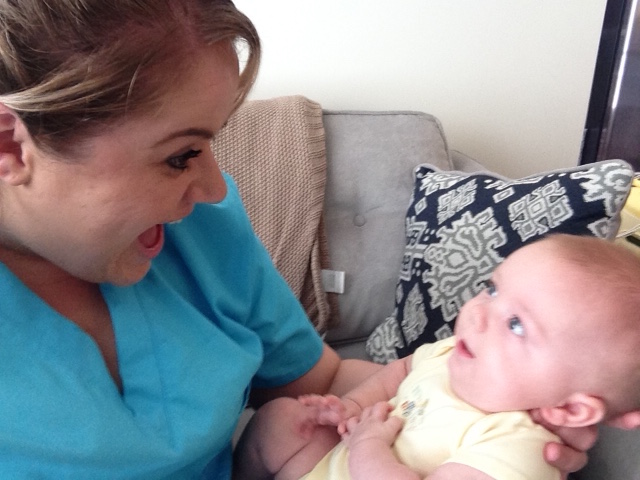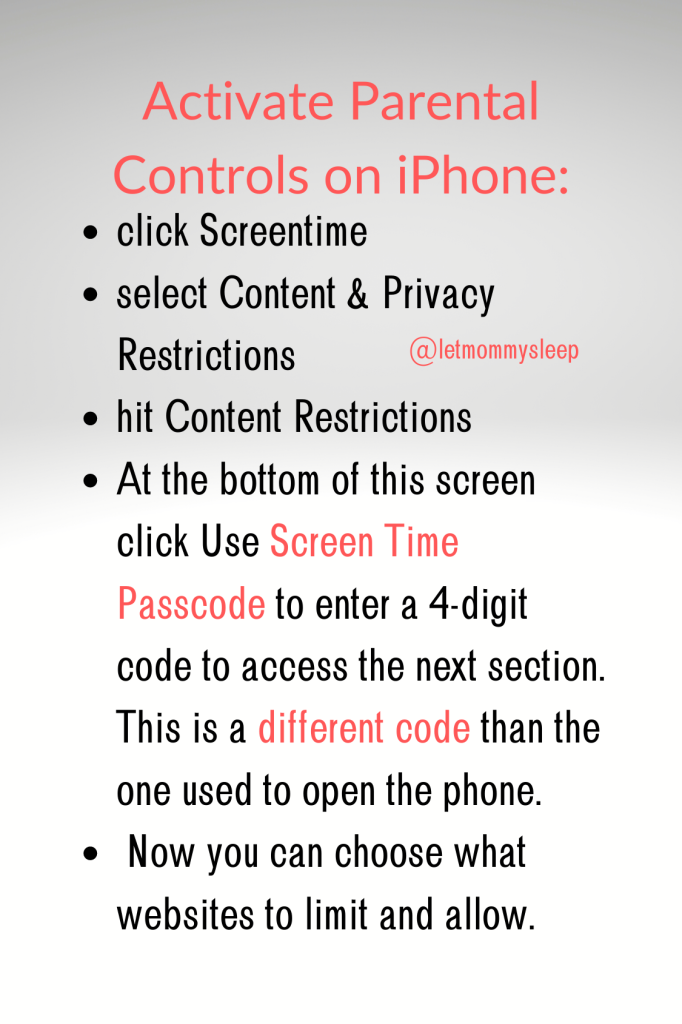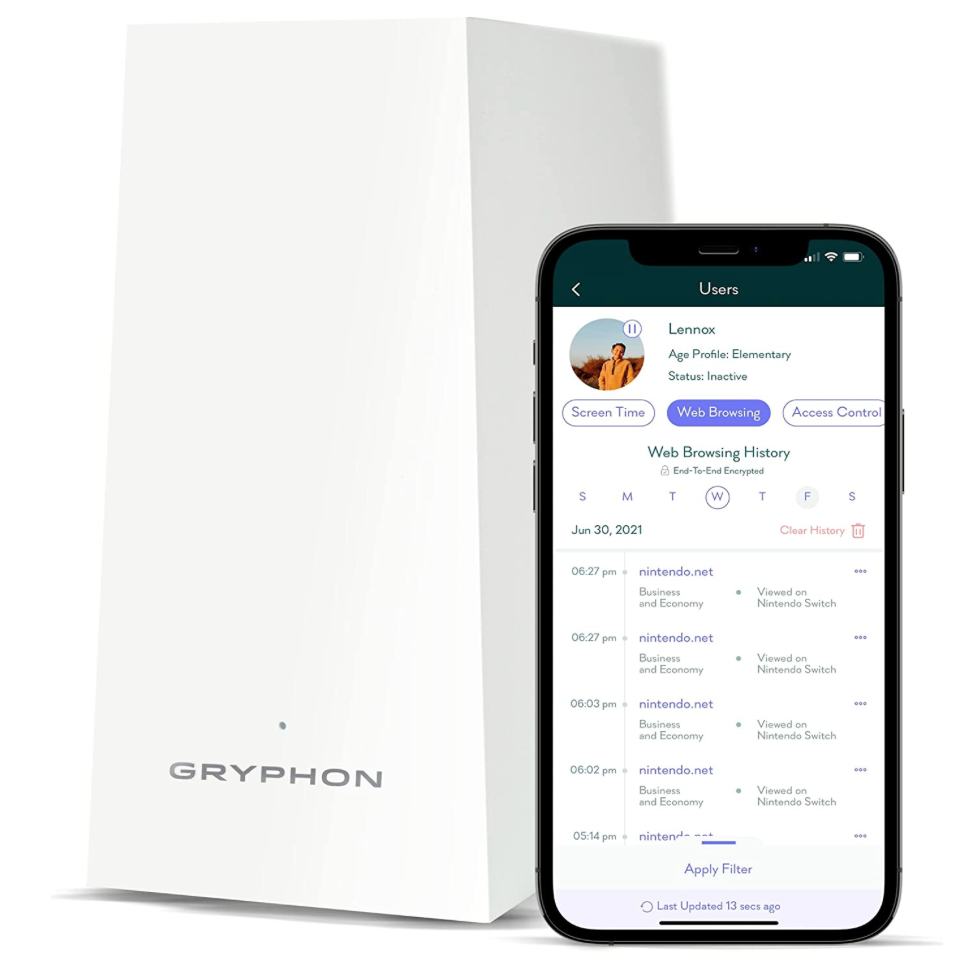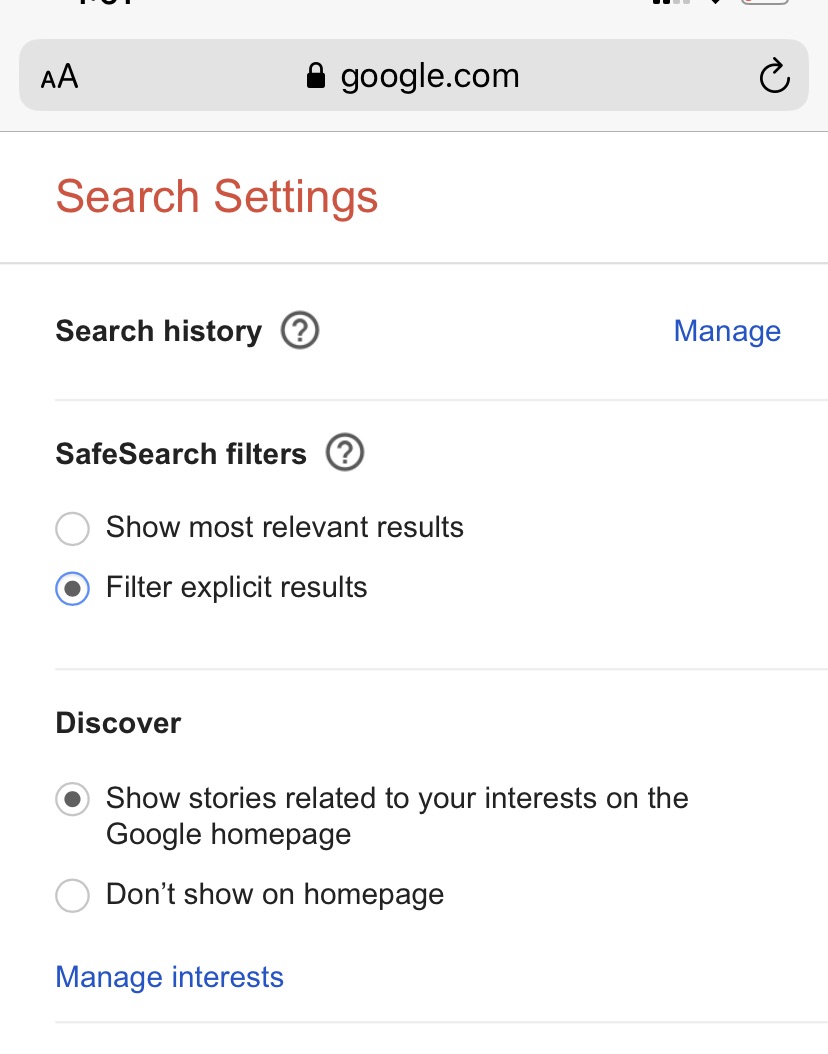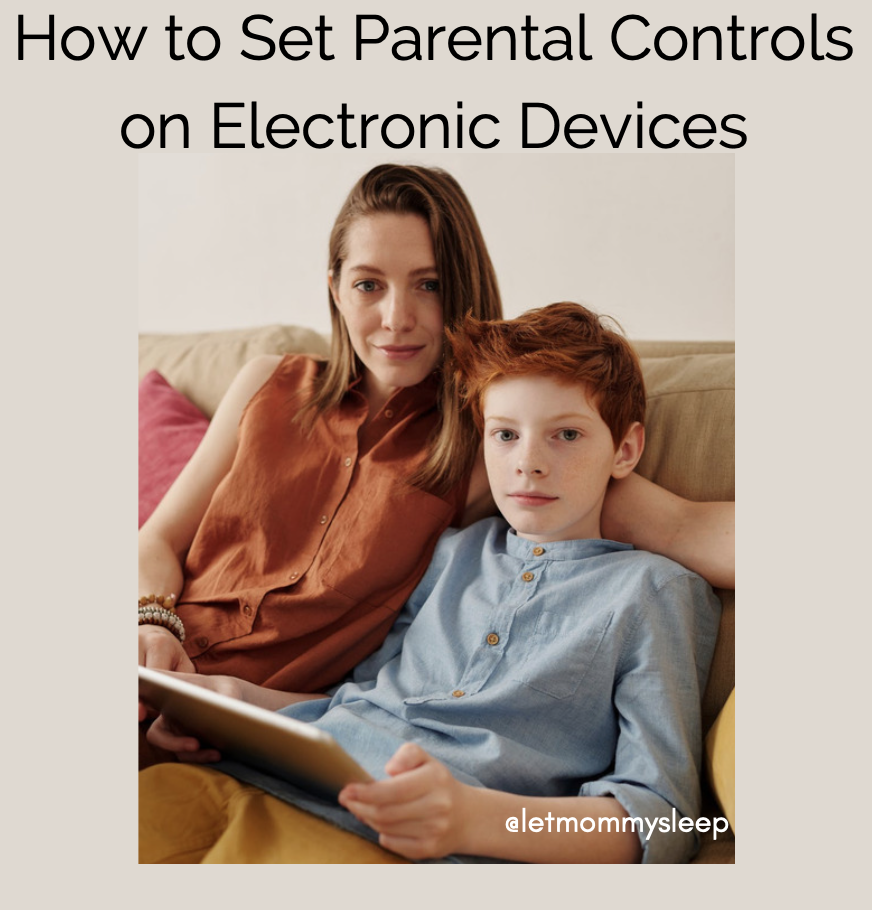updated, Sept 29, 2025
While large Employee Benefit Programs continue to become the norm in human resources, it becomes crucial for companies to deliver meaningful benefits and not just “perks.” Postpartum employee benefits are the innovation that actually sets a company apart and make a true, measurable impact on employees’ lives.
What are Postpartum Employee Benefits?
Postpartum employee benefits are: (1) an in-home visit by a Registered Nurse, (2) Night Nanny Care or (3) virtual doula visits. All of these services benefit employee health and well being in a measurable and meaningful way.
- Home Visits by a Registered Nurse – Postpartum RN visits provide head-to-toe assessments, breastfeeding or bottle support and education for parents during the critical first week home. These visits also bridge the healthcare gap between birth and the six-week OB appointment, providing care to both parents. Early intervention reduces hospital readmissions, supports mental health and improves breastfeeding outcomes (source). Visits are especially helpful to parents of newborn twins.
- Overnight Newborn Care – Overnight newborn care by a certified caregiver (postpartum doula or night nanny) ensures babies are fed, soothed, and monitored safely while parents receive restorative sleep. Sleep deprivation is directly related poor mental health. Night doula care allows employees to perform effectively but also protects their overall wellness. If you’d like more detail, visit What’s a Night Nanny?
- Virtual Doula Visits – Employees can access a certified night doula in 15 minute increments via video, text or phone. They can contact their doula with questions about lactation, infant feeding, daily care, baby sleep, postpartum support and more.
Why do Postpartum Employee Benefits Matter?
The results of postpartum employee benefits are vast and direct. When parents receive rest and evidence-based support, there are: better mental health outcomes, better physical recuperation, a return to work with confidence and an authentic connection with their employer.
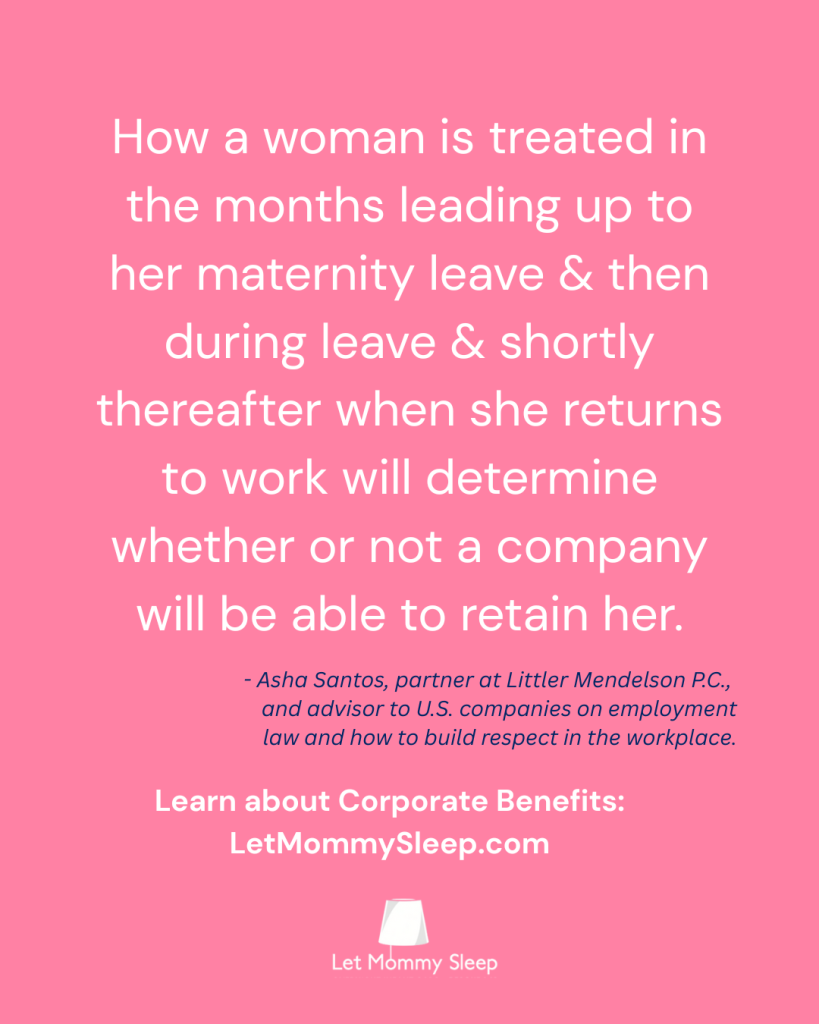
Postpartum Employee Benefits: The Corporate Advantage
As companies continue to recruit from the same pool of qualified candidates, employee benefits can make the difference in recruiting and retention. Here’s how:
Recruiting:
Employee wellbeing is now a key factor in talent acquisition and corporations are competing to hire from the same pool of elite applicants. Salary and traditional benefits are of course huge factors in a potential hire’s decision but increasingly, so is the feeling that companies actually care about their employees’ well-being. (Gallup, 2021)
Retention:
The postpartum experience heavily influences whether employees stay long-term. Supportive benefits help parents remain engaged and loyal, reducing turnover and associated costs.
Cost Effective:
Compared to the high cost of lost productivity, absenteeism and turnover, postpartum employee benefits are a highly economical investment.
- A single night of restorative sleep or an early postpartum nurse visit can prevent weeks of reduced productivity or additional healthcare expenses.
- The cost of postpartum programs is a fraction of the expense of replacing a high-performing employee who resigns due to burnout or lack of support.
- By helping employees return to work healthier and mentally prepared, companies see measurable gains in performance, retention, and loyalty.
In short, every dollar spent on postpartum benefits translates into healthier employees and measurable savings for the company.
How Does It Work?
Implementing postpartum employee benefits is very simple:
- Employees request postpartum services via your corporate care portal.
- LMS coordinates care within 24 hours, providing a vetted caregiver profile.
- The company is billed after service, streamlining administration and ensuring zero disruption to the employee.
Why Let Mommy Sleep?
We’ve been supporting new families since 2010.
- Established in 2010 with a proven model.
- Companies have a dedicated corporate support person (yes a human!) they can contact for service and support.
- Corporate clients include small businesses with 50 employees, to organizations with over 200 locations nationwide.
- Caregivers are licensed and night doula certified, ensuring accountability and professional care. Read more about how we ensure providers are continually following evidence-based safe sleep and infant care practices in Introducing the National NAPS Registry for Night Doulas.
- A cost-effective alternative to large employee benefit programs that include family planning expenses.
Adding LMS postpartum services is more than a benefit, it’s a strategic investment in your workforce. Companies that prioritize employee wellness with meaningful postpartum support see measurable returns in morale, productivity and retention.


